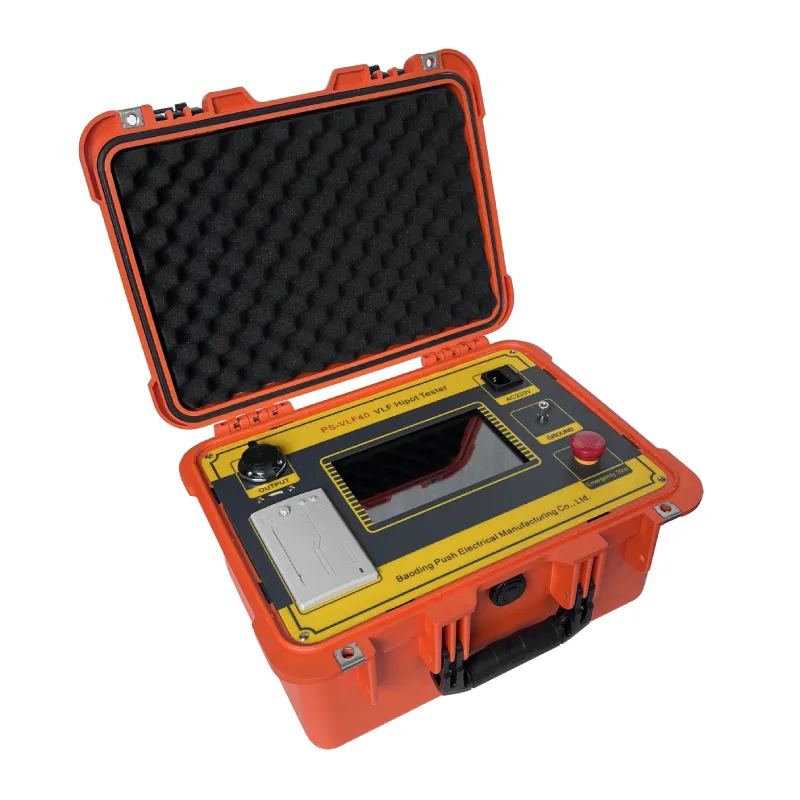 English
English



-
 Afrikaans
Afrikaans -
 Albanian
Albanian -
 Amharic
Amharic -
 Arabic
Arabic -
 Armenian
Armenian -
 Azerbaijani
Azerbaijani -
 Basque
Basque -
 Belarusian
Belarusian -
 Bengali
Bengali -
 Bosnian
Bosnian -
 Bulgarian
Bulgarian -
 Catalan
Catalan -
 Cebuano
Cebuano -
 China
China -
 China (Taiwan)
China (Taiwan) -
 Corsican
Corsican -
 Croatian
Croatian -
 Czech
Czech -
 Danish
Danish -
 Dutch
Dutch -
 English
English -
 Esperanto
Esperanto -
 Estonian
Estonian -
 Finnish
Finnish -
 French
French -
 Frisian
Frisian -
 Galician
Galician -
 Georgian
Georgian -
 German
German -
 Greek
Greek -
 Gujarati
Gujarati -
 Haitian Creole
Haitian Creole -
 hausa
hausa -
 hawaiian
hawaiian -
 Hebrew
Hebrew -
 Hindi
Hindi -
 Miao
Miao -
 Hungarian
Hungarian -
 Icelandic
Icelandic -
 igbo
igbo -
 Indonesian
Indonesian -
 irish
irish -
 Italian
Italian -
 Japanese
Japanese -
 Javanese
Javanese -
 Kannada
Kannada -
 kazakh
kazakh -
 Khmer
Khmer -
 Rwandese
Rwandese -
 Korean
Korean -
 Kurdish
Kurdish -
 Kyrgyz
Kyrgyz -
 Lao
Lao -
 Latin
Latin -
 Latvian
Latvian -
 Lithuanian
Lithuanian -
 Luxembourgish
Luxembourgish -
 Macedonian
Macedonian -
 Malgashi
Malgashi -
 Malay
Malay -
 Malayalam
Malayalam -
 Maltese
Maltese -
 Maori
Maori -
 Marathi
Marathi -
 Mongolian
Mongolian -
 Myanmar
Myanmar -
 Nepali
Nepali -
 Norwegian
Norwegian -
 Norwegian
Norwegian -
 Occitan
Occitan -
 Pashto
Pashto -
 Persian
Persian -
 Polish
Polish -
 Portuguese
Portuguese -
 Punjabi
Punjabi -
 Romanian
Romanian -
 Russian
Russian -
 Samoan
Samoan -
 Scottish Gaelic
Scottish Gaelic -
 Serbian
Serbian -
 Sesotho
Sesotho -
 Shona
Shona -
 Sindhi
Sindhi -
 Sinhala
Sinhala -
 Slovak
Slovak -
 Slovenian
Slovenian -
 Somali
Somali -
 Spanish
Spanish -
 Sundanese
Sundanese -
 Swahili
Swahili -
 Swedish
Swedish -
 Tagalog
Tagalog -
 Tajik
Tajik -
 Tamil
Tamil -
 Tatar
Tatar -
 Telugu
Telugu -
 Thai
Thai -
 Turkish
Turkish -
 Turkmen
Turkmen -
 Ukrainian
Ukrainian -
 Urdu
Urdu -
 Uighur
Uighur -
 Uzbek
Uzbek -
 Vietnamese
Vietnamese -
 Welsh
Welsh -
 Bantu
Bantu -
 Yiddish
Yiddish -
 Yoruba
Yoruba -
 Zulu
Zulu
insulation resistance tester
Understanding Insulation Resistance Testers A Comprehensive Guide
In the ever-evolving landscape of electrical engineering and maintenance, safety and efficiency remain paramount. One of the essential tools used in ensuring electrical systems are safe and functioning optimally is the insulation resistance tester. This device measures the insulating properties of materials in electrical systems and is vital in preventing electrical faults that can lead to costly repairs, equipment failures, or even catastrophic outcomes.
What is an Insulation Resistance Tester?
An insulation resistance tester is an instrument designed to measure the resistance offered by insulating materials to the flow of electric current. It effectively assesses whether the insulation on wiring and equipment is intact and capable of performing its function without any leakage to the ground or other conductive surfaces. Typically, these testers apply a high voltage—usually between 250V and 1000V, depending on the testing requirements—to a circuit and measure the resistance across the insulation.
Importance of Insulation Resistance Testing
Insulation resistance testing plays a critical role in a variety of applications, including
1. Preventative Maintenance Regular testing of electrical systems helps identify insulation deterioration, which can occur due to aging, environmental factors, or physical damage. By detecting these issues early, maintenance teams can prevent unexpected failures.
2. Safety Assurance Insulation failure can lead to dangerous situations, including electric shocks or fires. By ensuring that insulation resistance levels are within specified limits, insulation testers help maintain safe working environments.
3. Compliance with Standards Various regulatory bodies and safety standards necessitate regular testing of insulation for electrical installations. Using an insulation resistance tester helps organizations comply with these regulations, thereby avoiding legal repercussions and ensuring safe operations.
4. Enhanced Equipment Lifespan By identifying potential insulation issues and addressing them promptly, organizations can extend the lifespan of their electrical equipment, optimizing performance and reducing replacement costs.
insulation resistance tester

How to Use an Insulation Resistance Tester
Using an insulation resistance tester is straightforward, but it requires some precautions and knowledge to ensure accurate readings and safety. Here are the basic steps
1. Preparation Before testing, ensure the circuit is de-energized and isolated. This is a critical safety step.
2. Connection Connect the tester leads to the equipment under test. Typically, one lead connects to the conductor, while the other connects to a grounded surface.
3. Select Voltage Set the tester to the appropriate voltage level according to the specifications of the equipment or standards being followed.
4. Take Readings Activate the tester to send a high voltage through the insulation. The insulation resistance will be displayed on the tester. Record the value for future reference.
5. Analyze Results Compare the recorded resistance values to the acceptable standards for the specific application. Generally, higher resistance values indicate better insulation quality.
6. Document Findings Maintain a log of all measurements taken to track changes over time.
Conclusion
Insulation resistance testers are invaluable tools that contribute significantly to the safety and reliability of electrical systems. They help prevent potential failures, ensure compliance with safety standards, and prolong the life of electrical equipment. For anyone involved in electrical maintenance or engineering, understanding how to effectively use and interpret the results from an insulation resistance tester is crucial for fostering a safe and efficient operational environment. Regular testing and prompt action on faulty insulation will not only safeguard lives but also protect investments in electrical infrastructure.
-
Ensuring SF₆ Gas Safety: Introducing PUSH’s Integrated SF₆ Analyzer for Dew Point, Purity, and Decomposition MonitoringNewsJul.10,2025
-
Exploring the Main Types of Industrial Endoscopes and Their Applications Across IndustriesNewsJul.04,2025
-
Testing Equipment Industry Sees Major Advancements in 2025: Smart & Precision Technologies Lead the WayNewsJun.06,2025
-
Applications of Direct Current Generators in Renewable Energy SystemsNewsJun.05,2025
-
Hipot Tester Calibration and Accuracy GuidelinesNewsJun.05,2025
-
Digital Circuit Breaker Analyzer Features and BenefitsNewsJun.05,2025



